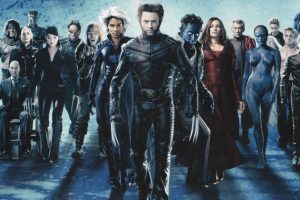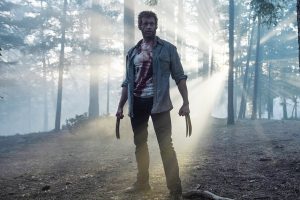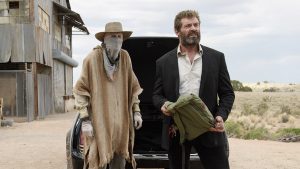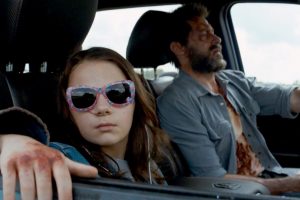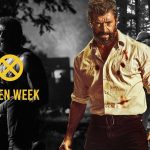X-Men Week: Why ‘Logan’ Is the Future of Superhero Movies
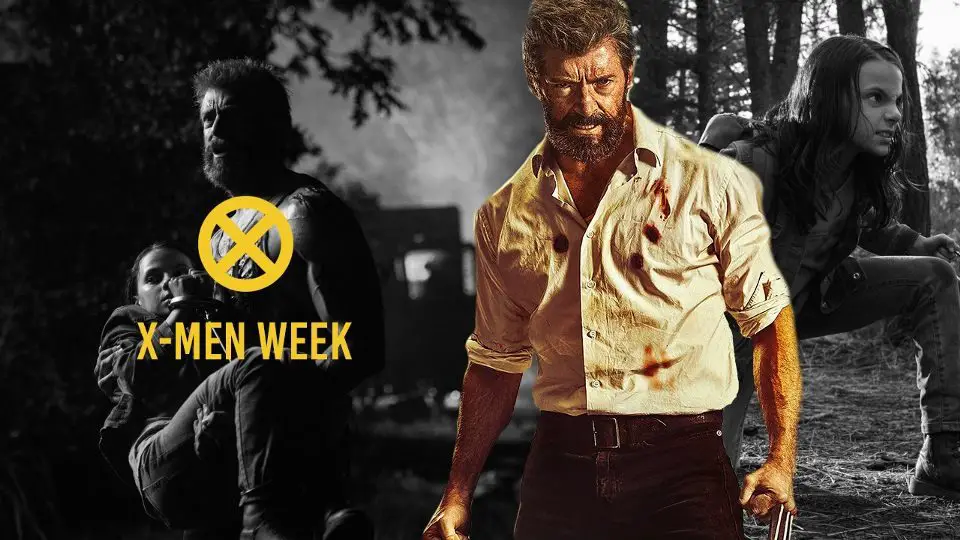
In the week leading up to the release of Dark Phoenix, Full Circle are doing a series of articles culminating with our review of Dark Phoenix on Friday. This Logan article is part 2 in a 5 part series. You can read the previous entry in the series here.
In a market saturated by superhero adaptations and action franchises, it can be difficult to stand apart. 2019 alone has ten superhero films coming out. But time and time again, Logan finds itself on the top of lists of the best superhero films ever made, and it even garnered itself an Academy Award nomination for screenwriting.
We live in a post-Endgame world, where the biggest comic book fight that could ever be done has been done, and the Avengers vs. Thanos fight is unlikely to ever be topped. At least not for a long while.
So how do other studios make their mark on the genre? How do they keep audiences invested in superheroes when they’ve seen the same heroes over and over again?
I – like so many kids of the late 90s – grew up with the X-Men. Throughout my life, I have seen the franchise move from corny one-liners and bad leather suits to the slick 60s suits of the prequels. Wolverine was one of the staples of the franchise, but not even Hugh Jackman couldn’t save James Howlett from the depths of bad cinema. The Wolverine was subpar. We don’t talk about Origins.
But Logan is a different kind of animal.
A blend of American superhero mythology with the Wild West, packaged up and delivered with a pair of razor-sharp adamantium claws, Logan benefits from a grounded story: a man trying to survive in a strange new world when he suddenly he finds himself saddled with a child, his daughter that he didn’t realize he had.
There are no suits, no diabolical plot to end the world or Magneto-shaped super villains to defeat. The claws come out in the first two minutes of the film. However, it’s in a fight where thugs brutally beat up Logan before he murders them all in retaliation. It’s far-fetched from the grumpy but well-intending hero we’ve gotten used to over the course of the franchise.
Truthfully, it feels more like a survival film and a western classic than a superhero film; it’s a film that finds its legs in emotional monologues and tear-jerking scenes rather than action (though there is still a lot of it, and it is bloody fantastic. Emphasis on the bloody.)
It’s an independent film with a studio budget, and more importantly, it’s a character study.
Critics and film bros use the term “character study” to describe films that are, for a lack of a better word, “deep”. That said, there’s no real consensus as to what sets a character study work apart from a non-character study work.
Personally, I choose to interpret it as a piece that takes a character and turns them inside out – not straying too far from the source material but deepening it in a way so that it feels reinvented. Where the arc of the protagonist is not action-oriented or dependent on the film’s plot at large, but about their personal character development.
This encompasses everything from The Breakfast Club (high school characters must come together and realize their similarities and break from their specific tropes) all the way to Logan. Where a bitter old man becomes a self-sacrificing hero so that his young daughter can live. The plot of the movie is generic so it can establish the real crux of the film – Logan’s final days, and his relationship to Professor X, and his daughter, Laura.
This notion of character-oriented, cross-genre films is where the superhero genre must go in order to stay relevant to audiences. The best superhero films of the last decade have all encompassed some degree of this (The Dark Knight is a crime drama, Captain America: The Winter Soldier is a spy thriller, Thor: Ragnarok is a space opera.) None of them quite get to the level of “character study” and remain driven by physical plot, but the intention is there.
All eyes are on the next batch of superhero films to debut to really determine the fallout of Endgame on the genre. Spider-Man: Far From Home is bound to do well as Marvel wraps up Phase Three of the MCU. But beyond that? It could really go any direction.
Audiences are already asking for something new. New heroes, new faces, new narratives. As audiences become invested in comic lore and in these characters, they are naturally going to want more character-centric films.
If The Dark Knight was the revolutionary superhero film of the 2000s, then Logan surely falls into the same role a decade later. It started a conversation about superhero films, what characters want and their relationships with each other beyond dramatic action sequences and comic book easter eggs.
The trend of comic book studio films with genre indie movie feels continues with Joker (due out October 4 of this year) which is shaping up to be a Martin Scorsese-esque thriller ft. the Clown Prince of Crime himself. But Joker, like many of its contemporaries surely soon to follow, owe a lot to Logan for paving the way amidst a genre of films that can often feel bloated with climatic CGI showdowns and save the world scenarios. – Kat Quinn
But that’s just my opinion, and I’m curious as to yours! What do you think is the most impactful superhero film of the 2010s? Where do you think the superhero genre will go from here?
Read the next entry into the series here.

